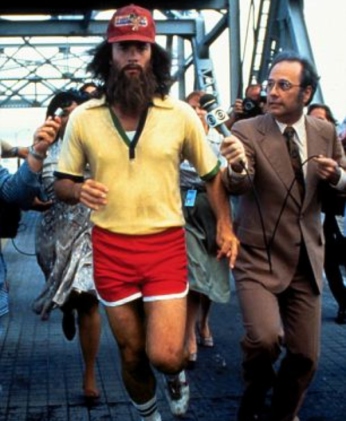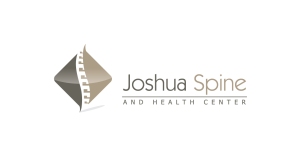The most important thing I’ve learned in my chiropractic practice when taking care of running athletes is that when injured, a serious runner doesn’t want to stop even after their body forces them to put their running on the shelf. My professional advice to all running athletes is to set the time aside to take care of the body, legs, and feet with an injury prevention program and smart training techniques before injury occurs.
Avoid chronic overuse problems that develop over time from poor running mechanics, worn-out or improper footwear, inconsistent preventative measures such as stretching, warming up, corrective exercise, massage, and chiropractic. Incorporating all of these into your injury prevention program can be helpful to make you a healthy and capable runner.
Here are the 3 most common overuse injuries that I see in my office.
1. Plantar Fasciitis or Heel Spurs
Causes:
- Excessive training
- Poor shoe selection
- Excessive shoe mileage
- Heel strike or overstriding
- Flat feet with no arch supports
Treatment and Prevention:
- Correcting Running Posture
- Correction of any abnormal pelvic tilt with Chiropractic
- Fixing muscle imbalances through corrective exercise
- Diligent and consistent stretching, foam rolling, Chiropractic Care, and Massage Therapy
- Myofascial Release Technique or Active Release Technique
- Mid-foot strike running gait pattern
- Tall relaxed posture while running
- Arch supports or Orthotics
2. Leg Pain or IT Band Syndrome
Causes:
- Poor running posture, heel strike, and excessive bending at the waist
- Inward drawn knees (Genu Valgum) or knocked knee running
- Fallen foot arches
- Foot pronation
- Unaddressed pelvic issues
Treatment and Prevention:
- Correction of any joint misalignment occurring in the lower back, pelvis, knees, ankles or feet with Chiropractic
- Massage, Myofascial Release Technique, and Active Release Technique
- Stretching and foam rolling
- Corrective exercise
- Arch supports or Orthotics
3. Runner’s Knee or Patellar Tendinitis
Causes:
- Poor running mechanics such as over-striding and heel strike
- Poor shoe selection
- Flat feet with no arch support
- Weak quads and hip flexors
- Tight hamstrings and calves
Treatment and Prevention:
- Rest
- Ice to reduce inflammation
- Cryotherapy
- Address mechanical issues and running gait problems with corrective exercise and stretching
- Address muscle weakness and stretch the tight muscles
The very best tip I can tell the runner’s out there is to get properly assessed by a healthcare professional and set the time aside to maintain your body before injury occurs because running is a very demanding sport or form of exercise. If your car needs it’s oil changed and tires rotated every 3000 to 5000 miles, what will your body require to keep going? Take care of your body because you only get one.
Keep on Running,
Dr. Joseph J. Thomas

